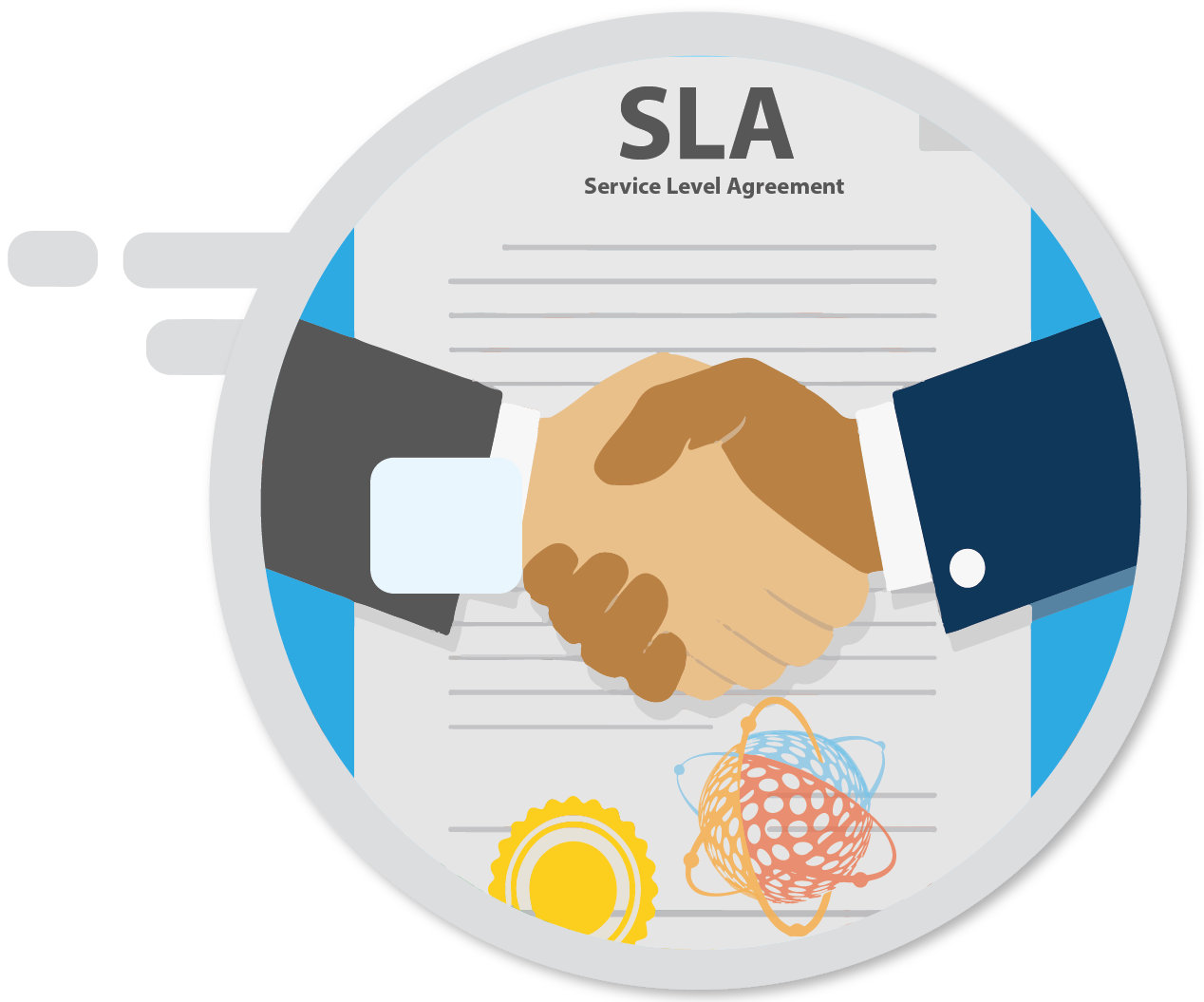A Service Level Agreement (SLA) is a contract between a service provider and a customer that outlines the level of service the provider is expected to deliver. SLAs define the scope of the service, the expected performance levels, and the metrics used to measure that performance.
As a business, it’s essential to provide top-notch support to your customers. And with the increasing demand for customer service, it’s necessary to put in place processes that ensure fast and effective support. One of the most effective ways of doing this is by implementing Service Level Agreements (SLAs).
In this blog post, we’ll discuss what SLAs are, why they’re important, and how to optimize your support processes with them.
What are Service Level Agreements (SLAs)?
A Service Level Agreement (SLA) is a contract between a service provider and a customer that outlines the level of service the provider is expected to deliver. SLAs define the scope of the service, the expected performance levels, and the metrics used to measure that performance. An SLA can cover a wide range of services, from customer support to IT infrastructure, and can be used by both internal and external service providers.

Why are Service Level Agreements (SLAs) important?
SLAs are important for several reasons. First, they help set clear expectations for both the service provider and the customer. By outlining what services will be provided, how they will be delivered, and the expected level of performance, both parties can have a clear understanding of what to expect. This can help prevent misunderstandings and ensure that the service provider is meeting the customer’s needs.
SLAs also provide a way to measure the performance of the service provider. By defining metrics and targets, both parties can track the provider’s performance and ensure that they’re meeting the agreed-upon standards. This can help identify areas for improvement and provide a way to hold the service provider accountable if they fail to meet their obligations.
How to create effective Service Level Agreements (SLAs)
Creating effective SLAs involves several steps. Here are some best practices to follow:
-
Define your objectives and metrics for support processes
The first step in creating an SLA is to define your objectives and the metrics you’ll use to measure performance. This could include response time, resolution time, customer satisfaction, or any other metric that’s important to your business. By defining these metrics, you can set clear expectations for what the service provider is expected to deliver.
-
Identify your customers’ needs for support processes
It’s essential to understand your customer’s needs and expectations to create an SLA that meets their needs. This could involve conducting surveys or focus groups to gather feedback on what’s important to them. By understanding their needs, you can create an SLA that aligns with their expectations and ensures their satisfaction.
-
Determine the level of support you can provide
It’s also essential to consider what level of support you can realistically provide. This could involve evaluating your resources, your team’s expertise, and your existing infrastructure. By being realistic about what you can deliver, you can avoid overpromising and underdelivering.
-
Set achievable targets for support processes
When setting targets, it’s essential to be realistic and set achievable goals. This could involve setting different targets for different types of support requests, such as priority levels or response times. Setting targets that are too difficult to achieve can lead to demotivation and missed targets while setting targets that are too easy may not be challenging enough and won’t motivate your team to improve.
-
Monitor and adjust for support processes
Finally, it’s important to monitor your SLAs regularly and make adjustments as necessary. Analyzing your SLA metrics can help you identify areas where you need to improve and can help you optimize your support processes. By regularly monitoring and adjusting your SLAs, you can ensure that your support processes are meeting the needs of your customers and your business.
Conclusion
In conclusion, Service Level Agreements are an essential tool for optimizing support processes and ensuring customer satisfaction. By defining clear expectations, setting achievable targets, and monitoring your metrics, you can ensure that your support team is providing the best possible service to your customers. When implemented effectively, SLAs can improve your team’s performance, increase customer loyalty, and ultimately contribute to the growth and success of your business.
Looking for ways to optimize your support processes and improve customer satisfaction? Tanbits offers support process services that can help you define clear expectations, set achievable targets, and monitor metrics using Service Level Agreements. Contact us to learn more about how we can help your business succeed.
BACK










